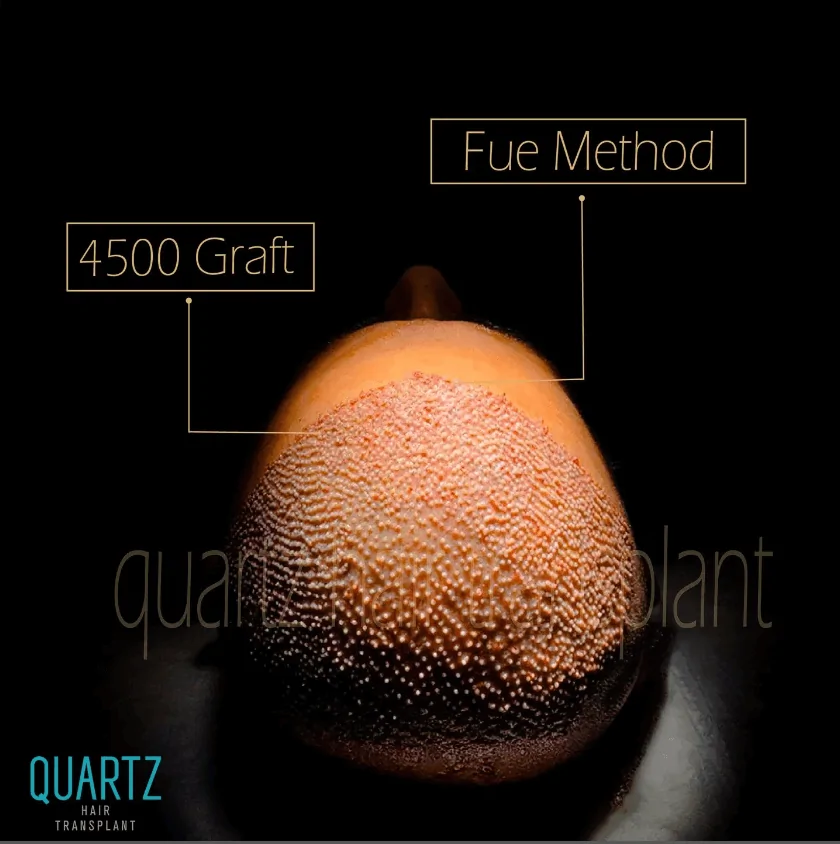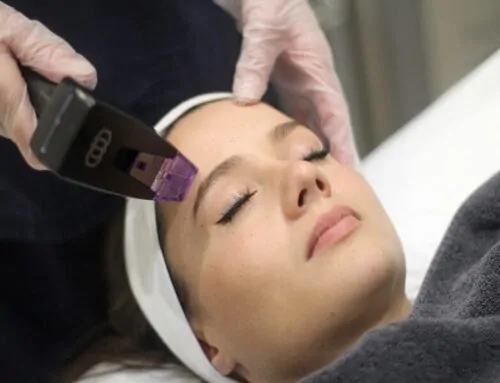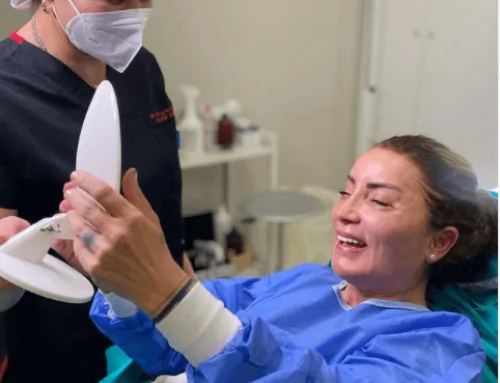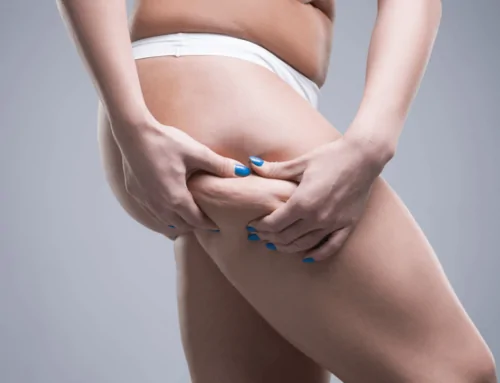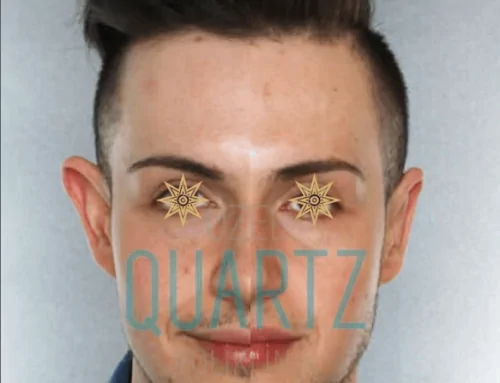The question of how many grafts should be done in hair transplantation is one of the questions that people who experience intense hair loss often search for the answer.
Before hair transplantation, it is very important to determine the hair loss style of the person. If the active shedding of the person’s hair continues, the hair transplant process loses all its function, since the shedding will continue after the hair transplant procedure.
If the patient is not examined in detail by specialists and hair transplantation is performed despite the intense hair loss, the person will be dissatisfied after the application and worse, different parts of the hair will continue to go bald.
Therefore, in terms of both patient satisfaction and avoidance of unnecessary costs, it is very important that hair transplantation is performed by specialists after the examination.
Before answering the question of how many grafts should be transplanted, let’s talk about what a graft is. A graft is a piece of tissue. It is taken from the hair or other parts of the body together with the nerve and vascular connections around it.
Then the graft is transferred to the area in the body where this tissue is needed. If we look at it especially within the scope of hair transplantation operations, it is a hair follicle group taken to be transferred to another place together with the skin. Each graft is taken with 2-4 hairs of tissue. Graft and hair strands are different from each other.
If we look at the answer to the question of how many grafts should be transplanted, the appropriate number of grafts is determined during the examination to be made by an experienced doctor before the hair transplant procedure. In this examination, the doctor can give the patient an exact number thanks to the hair graft calculation tools.
Although there are hair transplantation centers that emphasize unlimited hair transplantation, this is not the case, it is impossible. Even if we assume that the hair follicle is unlimited, it is not possible for the number of grafts transplanted per session to be unlimited.
In each session, although it varies from person to person, a maximum of 6,000 grafts, i.e. an average of 12,000-18,000 hair strands, can be transplanted. The ideal is not to exceed 5,000 grafts, that is, 10,000-15,000 hair transplants per session.
In the process of transplanting more than this number of grafts, there is a risk of necrosis (when the tissue dies), as the nutrition of the scalp will be impaired.
In case of tissue death, one or more hair cells are irreversibly damaged. If heavy bleeding occurs in the donor area during graft retrieval due to a high number of grafts, adrenaline injection may be required to stop the bleeding.
Intensely injected adrenaline will prevent blood flow in the skin, kill the hair tissues in the donor area and cause necrosis. In this case, permanent baldness occurs both in the donor area and in the transplant area.
This mistake made by operators who are not experts in hair transplantation is made for the sake of claiming that many grafts can be transplanted in a single session, and it is an irreversible and very risky mistake for the patient.
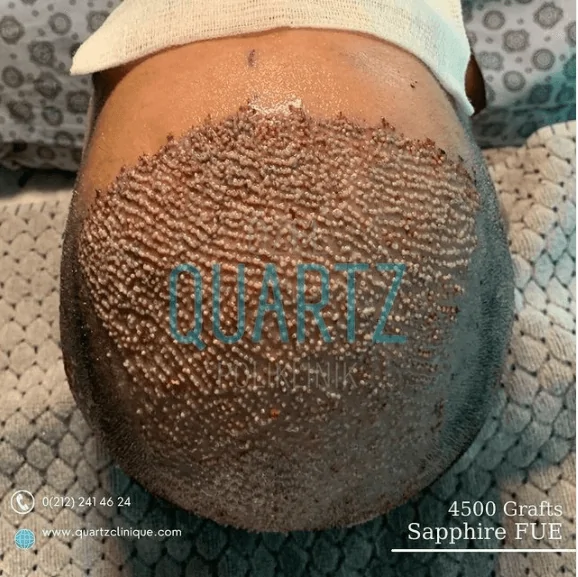 How to Understand How Many Grafts Have Been Transplanted?
How to Understand How Many Grafts Have Been Transplanted?
The answer to the question of how to understand how many grafts have been transplanted to the patient varies according to the technique applied.
The number of grafts to be taken during the application of FUT (Follicular Unit Transplantation) and FUE (Follicular Unit Extraction) techniques is different from each other.
It is known that in the FUT technique, between 2,000-4,000 grafts are transplanted per session, as the roots are taken and transplanted collectively. In the FUE technique, the roots are taken one by one first.
Depending on the size and number of grafts taken, channels are prepared one by one in the area where hair transplantation will be performed.
During this period, the grafts taken are kept in special containers with gauze and special solutions so that they do not dry out and deteriorate.
During this long-lasting application, on the one hand, the grafts are removed and on the other hand, the classification process is performed according to the number of roots.
After the graft retrieval is completed, all grafts are arranged in containers and made ready for transplantation. In the meantime, the number of grafts that are in the containers and ready to be transplanted are clearly revealed.
How Many Hairs 1 Graft Contains?
The question of how many hairs in 1 graft is a very confusing question. There is an average of 2-4 hairs in each graft. However, since hair transplantation is a customized procedure and can vary according to many factors, it is possible to say only an average number.
At this point, some hair transplantation centers or plastic surgeons share the number of grafts to be transplanted with the patient, while others pronounce the number of hair strands to be transplanted directly.
Accordingly, if we make a rough calculation, if we consider that each graft has an average of 3 hairs, there is no difference between a hair transplant center that says it will be transplanted 2,000 grafts and a hair center that says it will be transplanted 6,000 hairs. In fact, both are saying the same thing; however, they try to make the patient choose himself by creating a different perception.
In addition to all these, if we look at the factors that affect the number of hairs in the hair follicles and the follicular density per graft;
Race: It has been proven that people of different ethnicities have different hair densities.Hair color: It is one of the most important factors that determine the density of the follicle.
For example, people with red hair have an average of 90,000 hair follicles, people with dark hair have an average of 110,000 hair follicles, and people with brown and blond hair have an average of 140,000 hair follicles.
Age: The density of follicles in the hair gradually decreases with age. There is a significant decrease especially in the age of 30s, and the density of follicles caught in the age of 20s cannot be caught in the age of 40s.
In addition to what we have mentioned above, each person is different from the other. Therefore, even people with the same ethnic origin, hair color and age may not have the same follicle density.
For this reason, the most accurate answer to questions such as how many hairs in a graft and how many grafts are needed for hair transplantation can be given individually after being examined by a specialist.
How Many Grafts Per 1 Cm2?
How many grafts will be planted per 1 cm2 is very important to have a natural appearance for patients. For naturally standing hair, the number of grafts to be transplanted per 1 cm2 should not fall below a certain number.
Generally, planting 20-30 grafts per cm2 is the ideal density and is quite sufficient for the efficiency of the procedure. On the other hand, the number of grafts to be transplanted per 1 cm2 varies depending on the density expectation of the patient, the appearance he/she wants to have, and the efficiency in the area where the transplantation is performed.
In order to achieve a result that will ensure the satisfaction of the patient, it is very important that all these procedures are performed by a specialist doctor. A specialist and experienced doctor in the field of hair transplantation determines the amount of hair to be taken from the donor area very well.
Otherwise, if too much hair is taken from the donor area, this time there may be a risk of thinning of the hair in this area and even balding of the area.
However, if the donor area is very productive and there is no risk of baldness, the doctor can easily remove a large amount of hair. Again, if the hair in the donor area is thin, weak and sparse, the hair transplantation applications performed in these people may not give satisfactory results. Only experienced doctors can decide on all these important details.
How Many Grafts are Transplanted in Hair Transplantation?
Although some hair transplant centers say that unlimited grafts can be transplanted, this is not the case. Very intensive graft removal in a single session may cause an unsuccessful procedure and a damaged scalp, as well as necrosis resulting in irreversible and permanent baldness.
The number of grafts suitable to be taken in a single session varies according to the hair density of the person, the condition of the donor area and the hair strand needed to close the opening in the area to be transplanted.
Taking too many grafts in a single session does not mean that the right procedure can be performed and the desired result can be achieved quickly. The important thing is that the removed follicles survive, do not dry out, and a natural appearance is presented to the patient. Considering individual differences will not give satisfactory results for the patient.
How Many Grafts are Transplanted in Hair Transplantation?
Although some hair transplant centers say that unlimited grafts can be transplanted, this is not the case. Very intensive graft removal in a single session may cause an unsuccessful procedure and a damaged scalp, as well as necrosis resulting in irreversible and permanent baldness.
The number of grafts suitable to be taken in a single session varies according to the hair density of the person, the condition of the donor area and the hair strand needed to close the opening in the area to be transplanted.
Taking too many grafts in a single session does not mean that the right procedure can be performed and the desired result can be achieved quickly.
The important thing is that the removed follicles survive, do not dry out, and a natural appearance is presented to the person. Considering individual differences will not give satisfactory results for the patient.
How Many Grafts can be Taken From the Nape Area?
If you ask how many grafts can be taken from the nape, we would say there are enough grafts that can be taken in the nape area and that will not cause a bad image for the patient.
Even in the most severe hair loss, there are 10,000-12,000 grafts on the nape and behind the ear, and approximately 6,000 of them are suitable for transplantation. This number is usually sufficient to obtain a natural appearance in areas with sparseness.
The point to be noted here is that while the sparseness that disturbs the patient in the front or top of the head is corrected, an opening that may cause visual disturbances does not occur in the neck area. The hair to be taken from the nape area, which is considered as the donor area, should be of high quality, have a density that will not cause thinning in the area when taken, and should not consist of thin hair.
How Many Grafts Can Be Transplanted in One Session?
The answer to the question of how many grafts can be planted in one session is also personal, just like other questions. Although the maximum number of grafts that can be collected from a patient varies from person to person, it is around 10,000.
A maximum of 5,000 grafts of hair can be transplanted in a single session on the same day. There are approximately 6,000 grafts that can be transplanted for patients who are in perfect condition in the donor area where the graft will be taken. However, this is very rare. This is usually seen in patients in their early 20s.
However, there is a risk of taking such a dense graft from the donor area. Since the hair loss will continue as the age of the person progresses and many grafts are taken from the donor area to be used in the hair transplant procedure before, there is no area where a graft can be taken for a second hair transplant procedure, and the patient cannot be offered a solution in this case.
In addition to all these, how many grafts of hair can be transplanted in one session also depends on the budget of the person. Planting 2,500-3,000 and 1,000 grafts per session is not the same cost.
However, if at least 3,000 grafts need to be transplanted to the area where the patient experiences hair loss and baldness for a noticeable result, a procedure in which 1,000 grafts are transplanted will not satisfy the patient.
In such cases, it is much more accurate to perform hair transplantation in a period when the patient can afford the cost, rather than being dissatisfied with the result of the procedure. If it is done in this way, the patient will be satisfied with the procedure, and as a result of the procedure, the hair will have the desired frequency and appearance.

